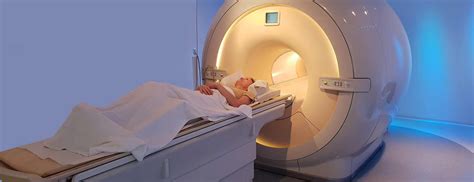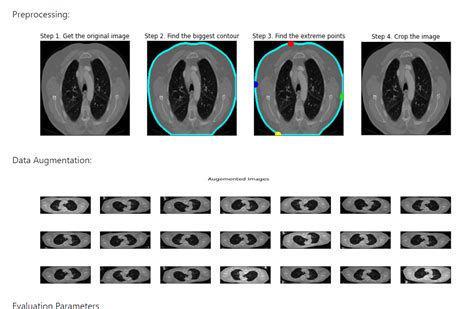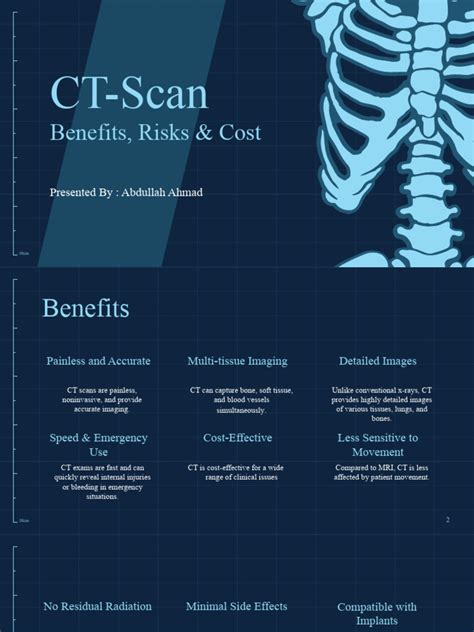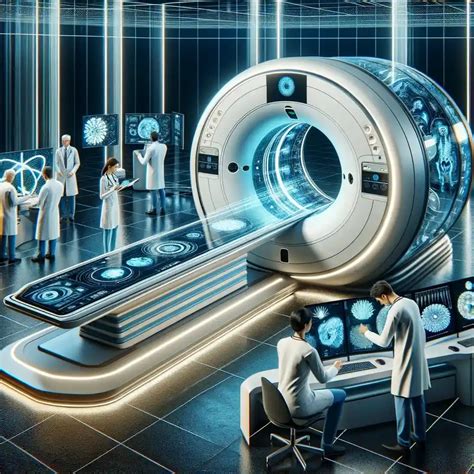Intro
Discover the importance of a CT Scan Head for accurate diagnoses, utilizing advanced imaging technology to detect brain injuries, strokes, and tumors, with detailed scans and 3D reconstructions.
The CT scan head, also known as a computed tomography scan of the head, is a medical imaging test used to produce detailed cross-sectional images of the brain and its surrounding structures. This non-invasive procedure is crucial for diagnosing and treating various neurological conditions, injuries, and diseases. The importance of CT scans cannot be overstated, as they provide valuable information that helps healthcare professionals make informed decisions about patient care. In this article, we will delve into the world of CT scans, exploring their benefits, working mechanisms, and key applications.
The human brain is a complex and intricate organ, and understanding its functions and structures is essential for maintaining overall health. A CT scan head is particularly useful in emergency situations, such as head injuries or strokes, where timely diagnosis and treatment are critical. By providing high-quality images of the brain, CT scans enable healthcare professionals to identify potential problems, monitor disease progression, and develop effective treatment plans. Whether you're a medical professional or simply interested in learning more about CT scans, this article aims to provide a comprehensive overview of this vital medical technology.
As we explore the world of CT scans, it's essential to understand the underlying principles and mechanisms that make this technology possible. A CT scan head uses a combination of X-rays and computer technology to produce detailed images of the brain and its surrounding structures. The process involves rotating an X-ray beam around the patient's head, capturing multiple images from different angles. These images are then reconstructed into a detailed, three-dimensional picture of the brain, allowing healthcare professionals to diagnose and treat a wide range of conditions.
How CT Scans Work

CT scans work by using a rotating X-ray beam to capture multiple images of the brain from different angles. The X-ray beam is produced by an X-ray tube, which is rotated around the patient's head by a motorized gantry. As the X-ray beam passes through the brain, it encounters varying levels of density, which absorb or block the X-rays to different degrees. The resulting images are then reconstructed into a detailed, three-dimensional picture of the brain, allowing healthcare professionals to diagnose and treat a wide range of conditions.
Benefits of CT Scans
The benefits of CT scans are numerous and well-documented. Some of the most significant advantages include: * Fast and accurate diagnosis: CT scans provide high-quality images of the brain, allowing healthcare professionals to quickly and accurately diagnose a wide range of conditions. * Non-invasive: CT scans are a non-invasive procedure, which means they do not require surgery or the insertion of instruments into the body. * Low risk: CT scans are generally considered safe, with a low risk of complications or side effects. * Wide range of applications: CT scans can be used to diagnose and treat a wide range of conditions, including head injuries, strokes, tumors, and vascular diseases.Applications of CT Scans

CT scans have a wide range of applications in medical imaging, including:
- Diagnosing head injuries: CT scans are commonly used to diagnose and treat head injuries, such as concussions, skull fractures, and hemorrhages.
- Detecting strokes: CT scans can help healthcare professionals quickly and accurately diagnose strokes, which is critical for timely treatment and minimizing damage.
- Identifying tumors: CT scans can be used to detect and diagnose tumors, including brain tumors, pituitary tumors, and acoustic neuromas.
- Monitoring disease progression: CT scans can be used to monitor the progression of diseases, such as multiple sclerosis, and adjust treatment plans accordingly.
Preparing for a CT Scan
Preparing for a CT scan is relatively straightforward, but there are some steps you can take to ensure the procedure goes smoothly. Some tips include: * Arriving early: Plan to arrive at least 30 minutes before your scheduled appointment to complete any necessary paperwork and prepare for the procedure. * Removing jewelry and clothing: Remove any jewelry, glasses, or clothing that may interfere with the CT scan. * Avoiding certain medications: Certain medications, such as barium or iodine-based contrast agents, may interfere with the CT scan. Be sure to inform your healthcare professional about any medications you are taking. * Staying still: During the CT scan, it's essential to remain still and follow the instructions of the technologist.Risks and Complications

While CT scans are generally considered safe, there are some risks and complications to be aware of. Some potential risks include:
- Radiation exposure: CT scans use X-rays, which can expose patients to radiation. However, the risks associated with radiation exposure are generally considered low.
- Allergic reactions: Some patients may be allergic to the contrast agents used in CT scans, which can cause an allergic reaction.
- Kidney damage: The contrast agents used in CT scans can cause kidney damage in some patients, particularly those with pre-existing kidney disease.
CT Scan Results
The results of a CT scan are typically available within a few hours of the procedure. The radiologist will interpret the images and provide a report to your healthcare professional, who will then discuss the results with you. Some things to keep in mind when reviewing your CT scan results include: * The radiologist's report: The radiologist's report will provide a detailed description of the findings, including any abnormalities or lesions. * The images: The CT scan images will provide a visual representation of the brain and its surrounding structures. * Follow-up appointments: Your healthcare professional may schedule follow-up appointments to monitor your condition and adjust treatment plans accordingly.Future Developments

The future of CT scans is exciting and rapidly evolving. Some potential developments on the horizon include:
- Improved image quality: Advances in technology are continually improving the quality of CT scan images, allowing for more accurate diagnoses and treatments.
- Reduced radiation exposure: Researchers are working to develop new technologies that reduce radiation exposure while maintaining image quality.
- Increased accessibility: CT scans are becoming increasingly accessible, with more hospitals and imaging centers offering this technology.
Conclusion and Next Steps
In conclusion, CT scans are a vital medical technology that provides valuable information for diagnosing and treating a wide range of conditions. By understanding the benefits, working mechanisms, and applications of CT scans, healthcare professionals can make informed decisions about patient care. If you have any questions or concerns about CT scans, be sure to discuss them with your healthcare professional.What is a CT scan head?
+A CT scan head, also known as a computed tomography scan of the head, is a medical imaging test used to produce detailed cross-sectional images of the brain and its surrounding structures.
What are the benefits of CT scans?
+The benefits of CT scans include fast and accurate diagnosis, non-invasive procedure, low risk, and a wide range of applications.
How do I prepare for a CT scan?
+To prepare for a CT scan, arrive early, remove jewelry and clothing, avoid certain medications, and stay still during the procedure.
We hope this article has provided you with a comprehensive overview of CT scans and their applications in medical imaging. If you have any further questions or would like to learn more about this topic, please don't hesitate to comment or share this article with others. Additionally, if you're interested in learning more about medical imaging or related topics, be sure to check out our other articles and resources.
